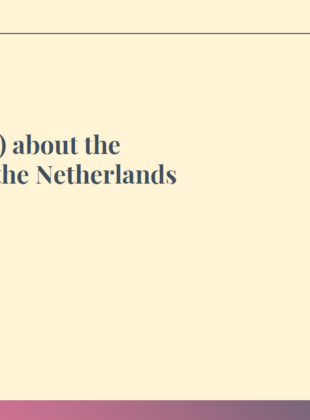A review of the pensions landscape in 2017

This report is for anyone working in the world of pensions and explores consumers circumstances, intentions and attitudes towards funding their retirement, as well as summarising the issues, options and potential opportunities for providers.
The pensions landscape has witnessed monumental change in recent decades.
This has created significant challenges for all stakeholders: government, pension providers, employers, advisers, individuals and others:
- Pension freedoms have dramatically increased individuals? options on how to access their pensions and have shaken up the industry
- State pension ages are being progressively increased
- Auto-enrolment is increasing pension take-up and consumer exposure to equity and bond markets
- Defined benefit pensions have fast become an endangered species for many with deficits in large company pension schemes being the norm
- The low interest rate era is depressing investment returns and retirement income
- Increasing life expectancy also reduces annuity rates, as does low inflation
The prevalence of seemingly ever shifting goalposts from a pension tax and allowance perspective, together with the progressive increase in state pension age and the equalisation of pension ages for men and women make it hard to plan retirement income with certainty from both a provider and an individual perspective. Worryingly, our insight reveals that there is a 27% (£6,445) shortfall in expected average annual retirement income compared to the amount consumers require to be ?financially comfortable? in retirement. This perceived shortfall is even more marked for the East of England (39%; £9,679) and for women (36%; £8,586).
For future generations retiring, a much more flexible mindset will be needed.
Consumers face an increasing number of options in building up their assets to provide income for their retirement but this has also meant that retirement planning has become more complex and fraught with uncertainty. Pension freedom opportunities, the likely retirement income gap, low investment returns, and increasing life expectancy present key challenges for government, regulators, providers and individuals alike. Our report explores some of these challenges and opportunities facing the sector and how the pensions landscape is likely to shift in the future.





